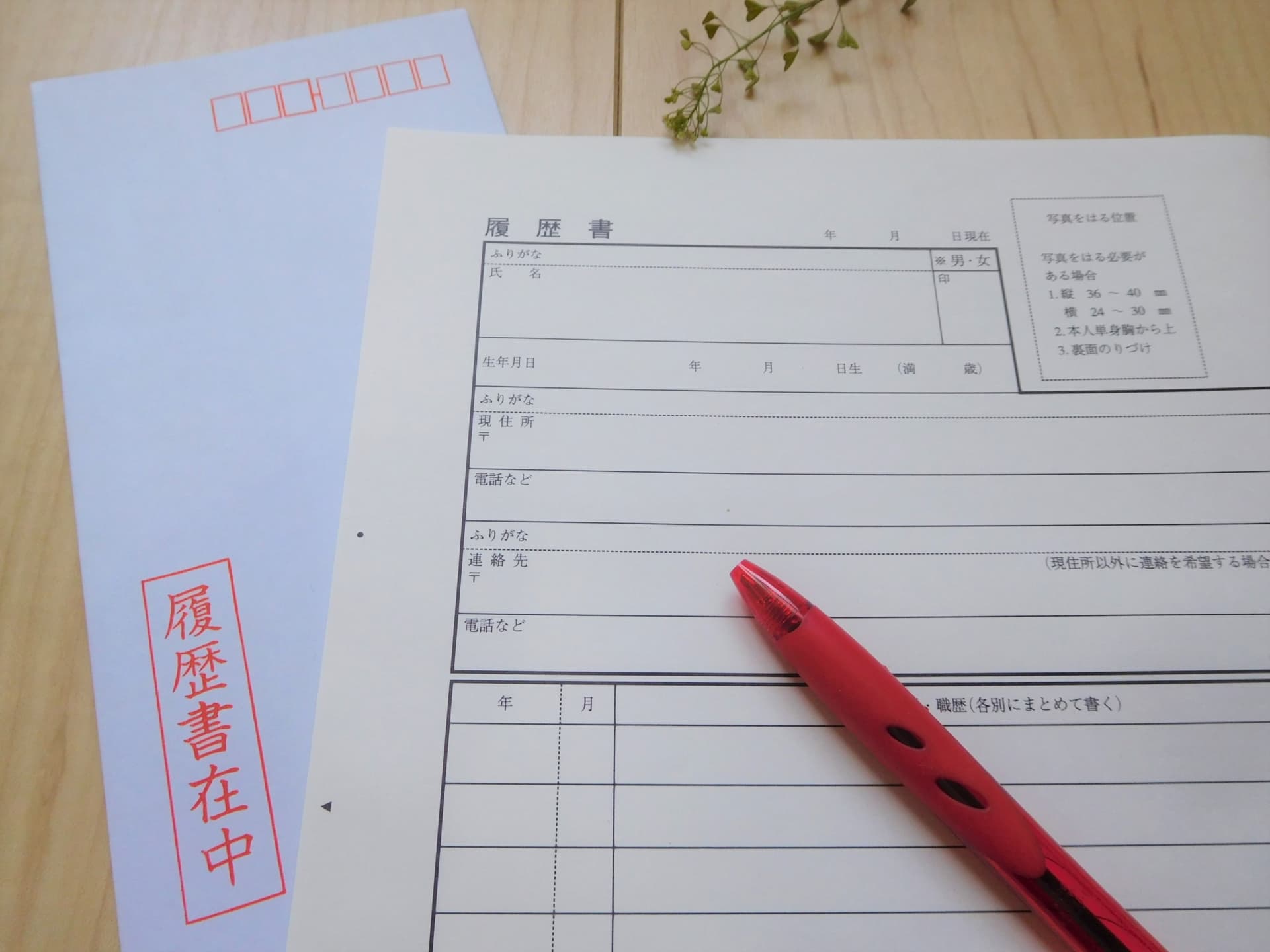We will get to know the Japanese particles, demonstratives and pronouns, which we will now get to know, pronouns do not exist as such, but are subsets of the noun. But they are translated as such (pronouns) to make it easier to incorporate them into the Western way of speaking.
LIST OF JAPANESE PRONOUNS
Watashi (I) kanji 私 “わたし”
Anata (You) kanji 貴方 “あなた”
Kare (He) kanji 彼 “かれ”
Kanojo (She) kanji 彼女 “かのじょ”
Watashi-tachi (We) kanji 私達 “わたしたち”
Anata-tachi (You) あなた達
Kare-tachi o kare-ra (They “boys”) kanji 彼等 “かれら”
Kanojo-tachi (They “girls”) kanji 彼等 “かれら”
OTHER JAPANESE PRONOUNS: BOKU, ORE, ATASHI…
There are other “Japanese pronouns” and they denote different aspects:
– “Boku 僕” (First person I) of exclusively male gender
– “Ore 俺” (First person I) of exclusively masculine gender (very masculine, can be used by the elderly).
– “Atashi 私” (First person I) of feminine gender
– “Watakushi 私 (わたくし)” (First person I) very formal
Nouns and nouns, in Japanese, have no number, i.e. they have no plural, so in Japanese a suffix is added that expresses slightly modifying each word.
As in the example above Kanojo-tachi, if you notice Kanojo means she, if we add in this case the suffix -tachi, it becomes they. The same happens in the other cases.

HOW TO INTRODUCE MYSELF IN JAPANESE
The first steps is to learn the particles in order to be able to present yourself:
JAPANESE PARTICLES
For this we will take the basic particle structure:
– PARTICLE WA は
(It is a topic particle, the topic of the sentence often coincides with the subject of the sentence).
– VERB DESU です
(Equivalent to be)
In our case the particle “Wa” indicates that our subject to introduce ourselves is Yo. Therefore:
Watashi wa Taisu desu* (I am Thaïs) Remember that each name is written differently and Katakana is used if it is not a Japanese name.
*Desu is formal, so at some point you can skip it (Remember that when you say something in Japanese, at the end of the sentence it is used depending on what you say and that shows how respectful you are when you speak), i.e. instead of saying Watashi wa Taisu desu, you can say Watashi wa Taisu.
– PARTICLE KA か
(It is used as an interrogation). It is used to ask questions, and it is essential to use it so that they can understand that you are asking them a question.
Anata wa Shirubia-San desu ka (Are you Ms. Silvia?)
– PARTICLE GA が
(Same as wa for subject or to emphasize something). Indicates the instrument with which an action is performed, as well as the place where the action is performed.
Dare ga paatii ni ikimashitaka (Who went to the party?)
In the example a person asks “Who went to the party?”. We directly answer that question, it is not information we add, therefore, we will use “Ga” (Watashi ga ikimashita.) I went.
– PARTICLE MO も
(To say also, to include or exclude something). It can be used to express whether the sentence is positive or negative.
Yukine san mo nihonjin desu (Yukine is also Japanese)
– PARTICLE WO を
(Indicating the direct complement of a sentence, action on an object). Although it is not used much in informal speech, in formal Japanese it serves as a label to indicate which is the direct object.
Ichigo wo tabemasu (Like a strawberry)
Even verbs such as “yomimasu” (to read) and “mimasu” (to see) are used with the particle wo
Anime wo mimasu (I watch anime)
– PARTICLE NI に
(It is used to mark the place and time and is also used to specify the destination of an action.)
Restoran ni ikimasu (Go to the restaurant)
Sensei ni kikimasu (Ask the teacher)
The particle に (ni) is used to mark tenses, but not all tenses, e.g. When the time reference changes depending on when it is “now” (e.g. “tomorrow”, “next week”, “yesterday”, “next year”) に (ni) is not used.
These are the particles that we will be learning and with which we will do exercises, there are more, but for the moment we will do these.

JAPANESE TIPS AND REMINDERS
- Remember that non-Japanese names must be written in katakana, as well as foreign words, the pronunciation of these words must be adapted to their phonetics.
EN EL ARTÍCULO KANJI, HIRAGANA Y KATANA + COMO ESCRIBIR TU NOMBRE EN JAPONÉS TE LO EXPLICA BIEN. CUALQUIER DUDA DEJA TU COMETARIO EN LA WEB.
- The Japanese use suffixes after the name to indicate the level of respect with which they are addressed, honorifics.
THE ARTICLE JAPANESE HONORIFICS EXPLAINS WHEN TO USE KUN CHAN SAN SAMA…AND HOW THEY SHOULD BE USED WITH EXAMPLES.
- Japanese people put their surname before their own name, let’s see an example with mine: (Garushia Taisu) “Thaïs García”.
The last grammatical tools we will learn in this first part are the demonstrative and possessive pronouns and adjectives. We are not going to go too deeply into their various uses (we will see that in another specialized article), but it is important that we can identify them.

JAPANESE DEMONSTRATIVE PRONOUNS
Demonstratives in Japanese, as in English, refer to the closeness or remoteness of an object or action with respect to the speaker and/or the listener. They are differentiated as follows depending on how they begin:
- Ko – (こ) – Things that are close to the speaker.
- So – (そ) – Things that are closer to the listener.
- A – (あ) – Things that are far from both.
- Do – (ど) – To ask.
The basic structure with which we will use them is similar to the first one we learned with the pronoun wa noun desu. Let’s first see what the Japanese demonstratives are:
- “Kore これ“: this
- “Sore それ“: that
- “Are あれ“: that one
Kore wa neko desu (This is a cat)
Sore wa kuruma desu (That’s the car)
Are wa fune desu (That’s a boat)
Demonstrative adjectives fulfill a similar function to that of demonstrative pronouns, but the difference lies in how the sentence is elaborated, and what the nucleus of the sentence is.
It is here where we will incorporate the particle “no”, whose function is to indicate the possession of something.
- “Kono この” this one
- “Sono その” that
- “Ano あの” that
- “Dono どの” which
Kono empitsu wa Ugo-san no desu (This pencil belongs to Mr. Hugo)
Sono kuruma wa Ugo-san no desu (That car belongs to Mr. Hugo)
Ano fune wa supein-jin no desu (That ship belongs to the Spaniards)
STAY INFORMED ON OUR FACEBOOK PAGE
JOIN OUR FACEBOOK GROUP TO MEET PEOPLE WITH THE SAME HOBBIES






